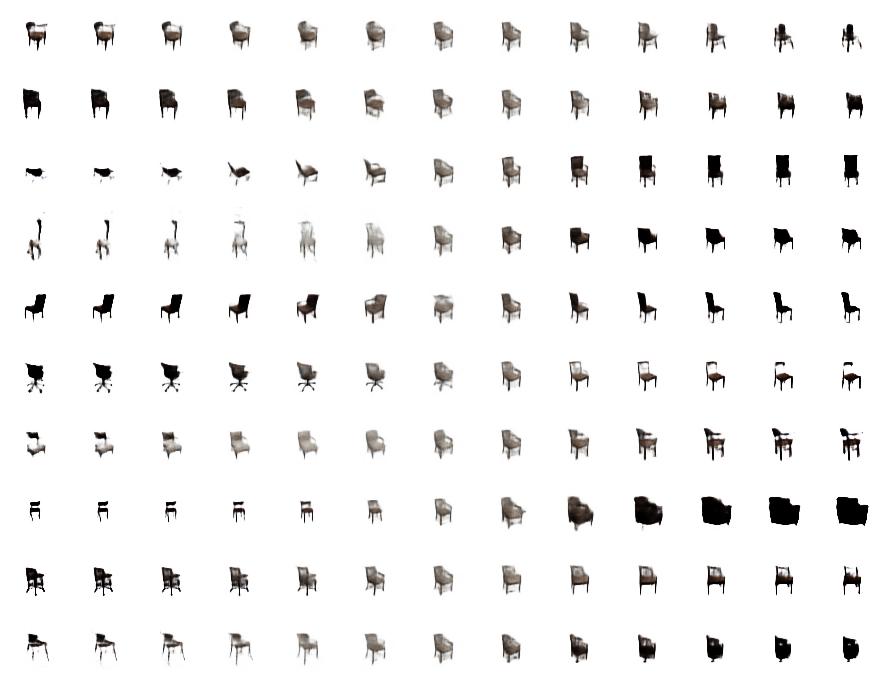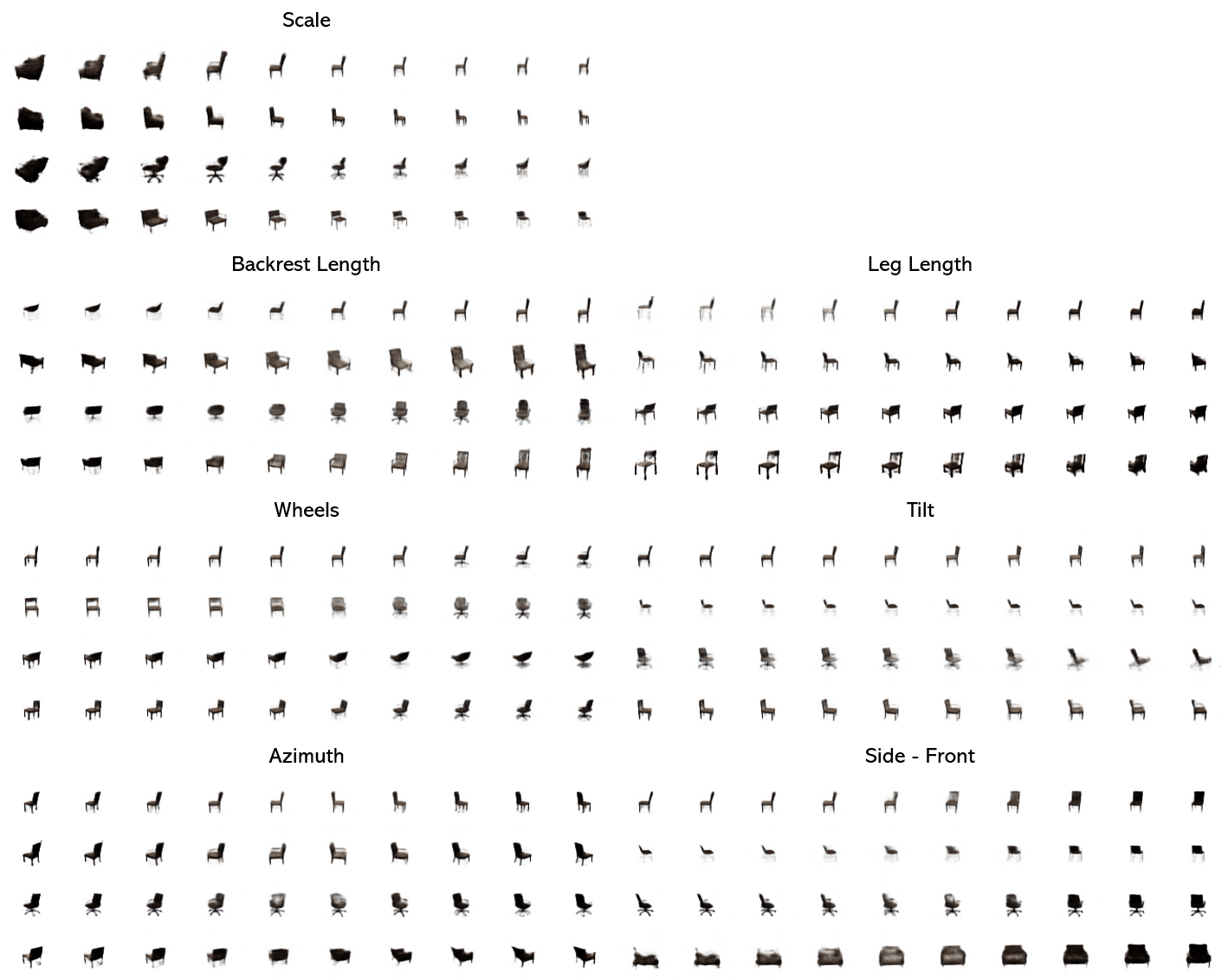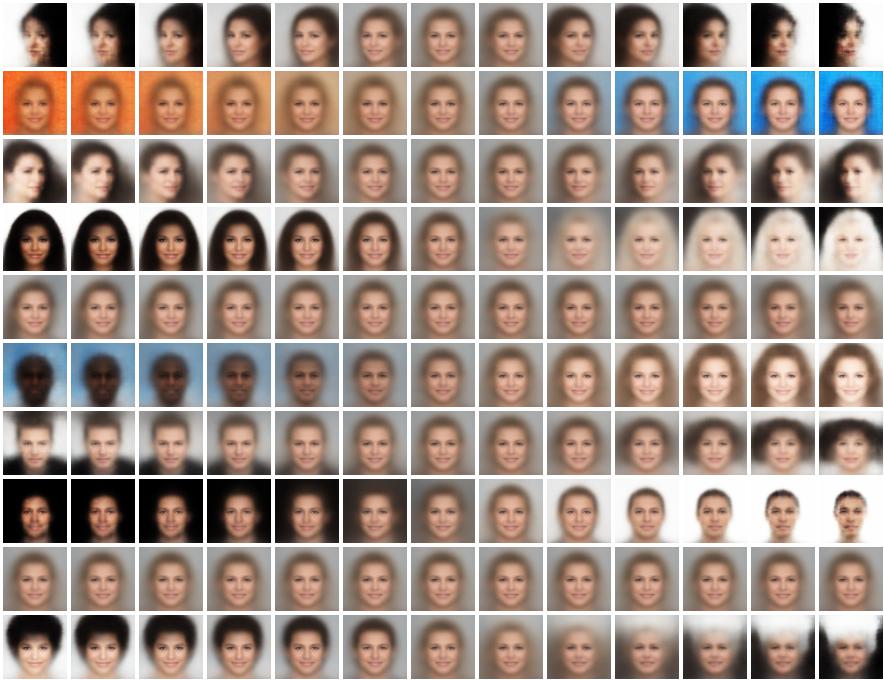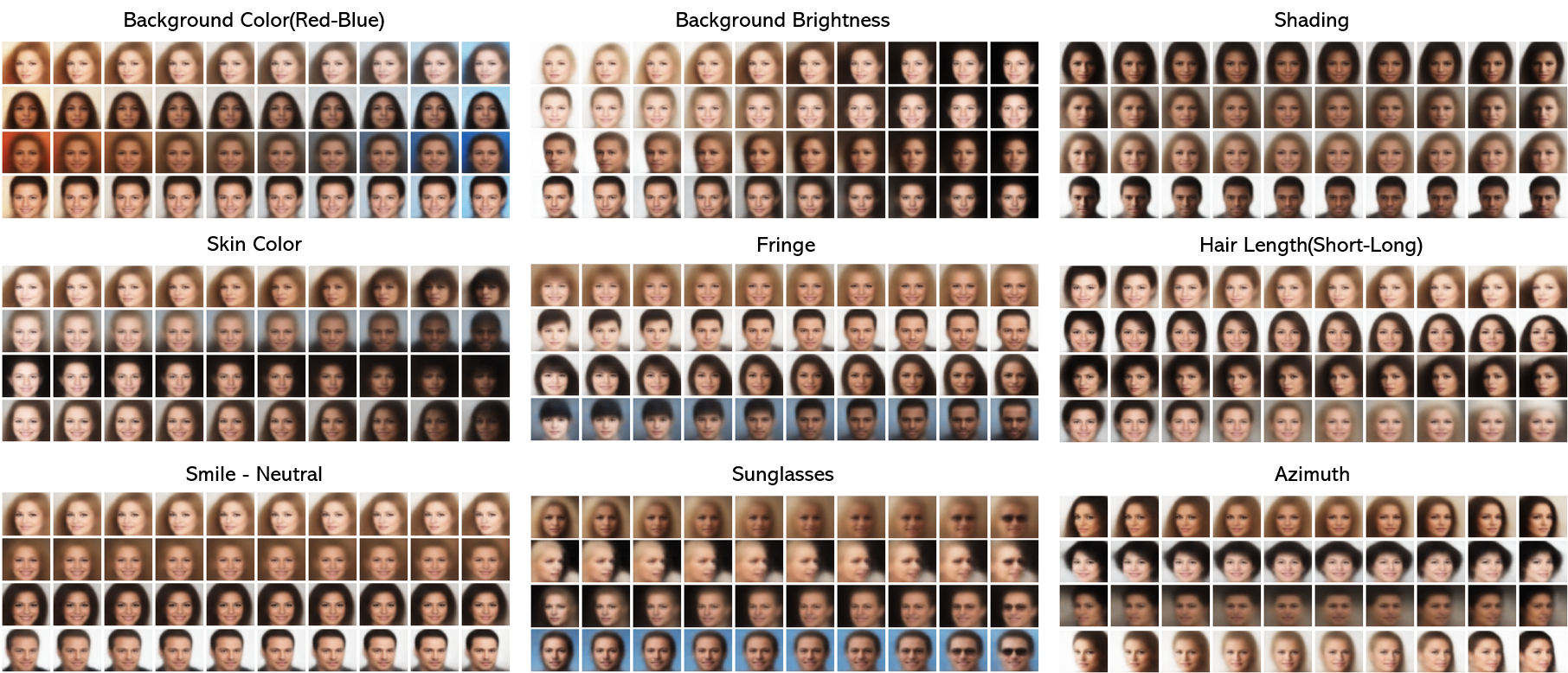1Konny / Beta Vae
Licence: mit
Pytorch implementation of β-VAE
Stars: ✭ 326
Programming Languages
python
139335 projects - #7 most used programming language
Projects that are alternatives of or similar to Beta Vae
Factorvae
Pytorch implementation of FactorVAE proposed in Disentangling by Factorising(http://arxiv.org/abs/1802.05983)
Stars: ✭ 176 (-46.01%)
Mutual labels: unsupervised-learning, vae, celeba
Disentangling Vae
Experiments for understanding disentanglement in VAE latent representations
Stars: ✭ 398 (+22.09%)
Mutual labels: unsupervised-learning, vae, celeba
ladder-vae-pytorch
Ladder Variational Autoencoders (LVAE) in PyTorch
Stars: ✭ 59 (-81.9%)
Mutual labels: vae, unsupervised-learning
Awesome Vaes
A curated list of awesome work on VAEs, disentanglement, representation learning, and generative models.
Stars: ✭ 418 (+28.22%)
Mutual labels: unsupervised-learning, vae
Pycadl
Python package with source code from the course "Creative Applications of Deep Learning w/ TensorFlow"
Stars: ✭ 356 (+9.2%)
Mutual labels: vae, celeba
Variational Autoencoder
Variational autoencoder implemented in tensorflow and pytorch (including inverse autoregressive flow)
Stars: ✭ 807 (+147.55%)
Mutual labels: unsupervised-learning, vae
VAENAR-TTS
PyTorch Implementation of VAENAR-TTS: Variational Auto-Encoder based Non-AutoRegressive Text-to-Speech Synthesis.
Stars: ✭ 66 (-79.75%)
Mutual labels: vae, unsupervised-learning
style-vae
Implementation of VAE and Style-GAN Architecture Achieving State of the Art Reconstruction
Stars: ✭ 25 (-92.33%)
Mutual labels: vae, celeba
srVAE
VAE with RealNVP prior and Super-Resolution VAE in PyTorch. Code release for https://arxiv.org/abs/2006.05218.
Stars: ✭ 56 (-82.82%)
Mutual labels: vae, unsupervised-learning
DCGAN-CelebA-PyTorch-CPP
DCGAN Implementation using PyTorch in both C++ and Python
Stars: ✭ 14 (-95.71%)
Mutual labels: celeba
Pytorch Vsumm Reinforce
AAAI 2018 - Unsupervised video summarization with deep reinforcement learning (PyTorch)
Stars: ✭ 283 (-13.19%)
Mutual labels: unsupervised-learning
UEGAN
[TIP2020] Pytorch implementation of "Towards Unsupervised Deep Image Enhancement with Generative Adversarial Network"
Stars: ✭ 68 (-79.14%)
Mutual labels: unsupervised-learning
S Vae Pytorch
Pytorch implementation of Hyperspherical Variational Auto-Encoders
Stars: ✭ 255 (-21.78%)
Mutual labels: vae
Self-Supervised-depth
Self-Supervised depth kalilia
Stars: ✭ 20 (-93.87%)
Mutual labels: unsupervised-learning
Machine Learning Algorithms From Scratch
Implementing machine learning algorithms from scratch.
Stars: ✭ 297 (-8.9%)
Mutual labels: unsupervised-learning
adareg-monodispnet
Repository for Bilateral Cyclic Constraint and Adaptive Regularization for Unsupervised Monocular Depth Prediction (CVPR2019)
Stars: ✭ 22 (-93.25%)
Mutual labels: unsupervised-learning
learning-topology-synthetic-data
Tensorflow implementation of Learning Topology from Synthetic Data for Unsupervised Depth Completion (RAL 2021 & ICRA 2021)
Stars: ✭ 22 (-93.25%)
Mutual labels: unsupervised-learning
Selflow
SelFlow: Self-Supervised Learning of Optical Flow
Stars: ✭ 319 (-2.15%)
Mutual labels: unsupervised-learning
Simclr
PyTorch implementation of SimCLR: A Simple Framework for Contrastive Learning of Visual Representations by T. Chen et al.
Stars: ✭ 293 (-10.12%)
Mutual labels: unsupervised-learning
β-VAE
Pytorch reproduction of two papers below:
- β-VAE: Learning Basic Visual Concepts with a Constrained Variational Framework, Higgins et al., ICLR, 2017
- Understanding disentangling in β-VAE, Burgess et al., arxiv:1804.03599, 2018
Dependencies
python 3.6.4
pytorch 0.3.1.post2
visdom
Datasets
Usage
initialize visdom
python -m visdom.server
you can reproduce results below by
sh run_celeba_H_beta10_z10.sh
sh run_celeba_H_beta10_z32.sh
sh run_3dchairs_H_beta4_z10.sh
sh run_3dchairs_H_beta4_z16.sh
sh run_dsprites_B_gamma100_z10.sh
or you can run your own experiments by setting parameters manually.
for objective and model arguments, you have two options H and B indicating methods proposed in Higgins et al. and Burgess et al., respectively.
arguments --C_max and --C_stop_iter should be set when --objective B. for further details, please refer to Burgess et al.
e.g.
python main.py --dataset 3DChairs --beta 4 --lr 1e-4 --z_dim 10 --objective H --model H --max_iter 1e6 ...
python main.py --dataset dsprites --gamma 1000 --C_max 25 --C_stop_iter 1e5 --lr 5e-4 --z_dim 10 --objective B --model B --max_iter 1e6 ...
check training process on the visdom server
localhost:8097
Results
3D Chairs
sh run_3dchairs_H_beta4_z10.sh
sh run_3dchairs_H_beta4_z16.sh
CelebA
sh run_celeba_H_beta10_z10.sh
sh run_celeba_H_beta10_z32.sh
dSprites
sh run_dsprites_B.sh
visdom line plot
latent traversal gif(--save_output True)
##### reconstruction(left: true, right: reconstruction)
Reference
Note that the project description data, including the texts, logos, images, and/or trademarks,
for each open source project belongs to its rightful owner.
If you wish to add or remove any projects, please contact us at [email protected].




